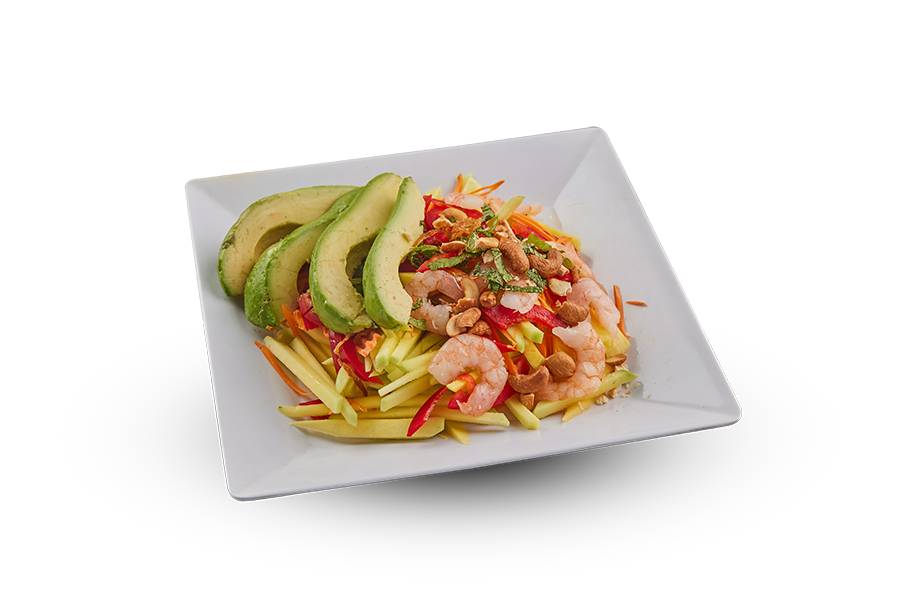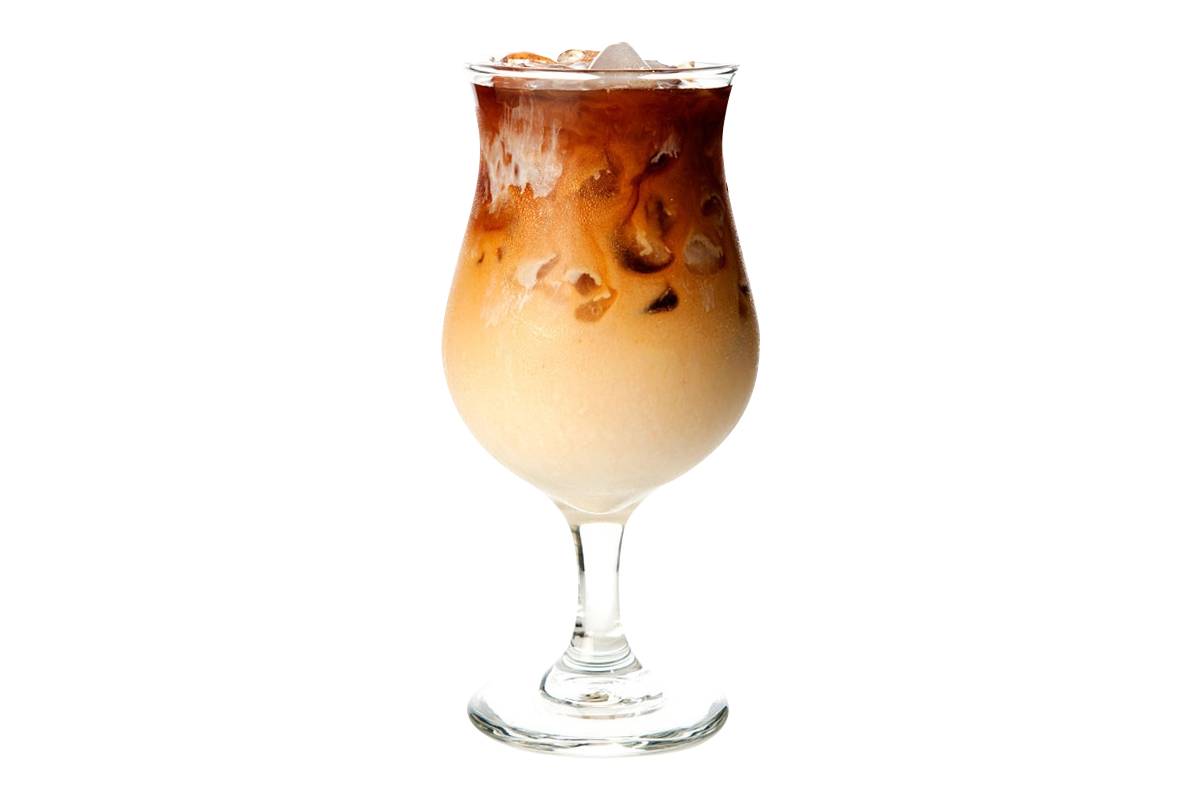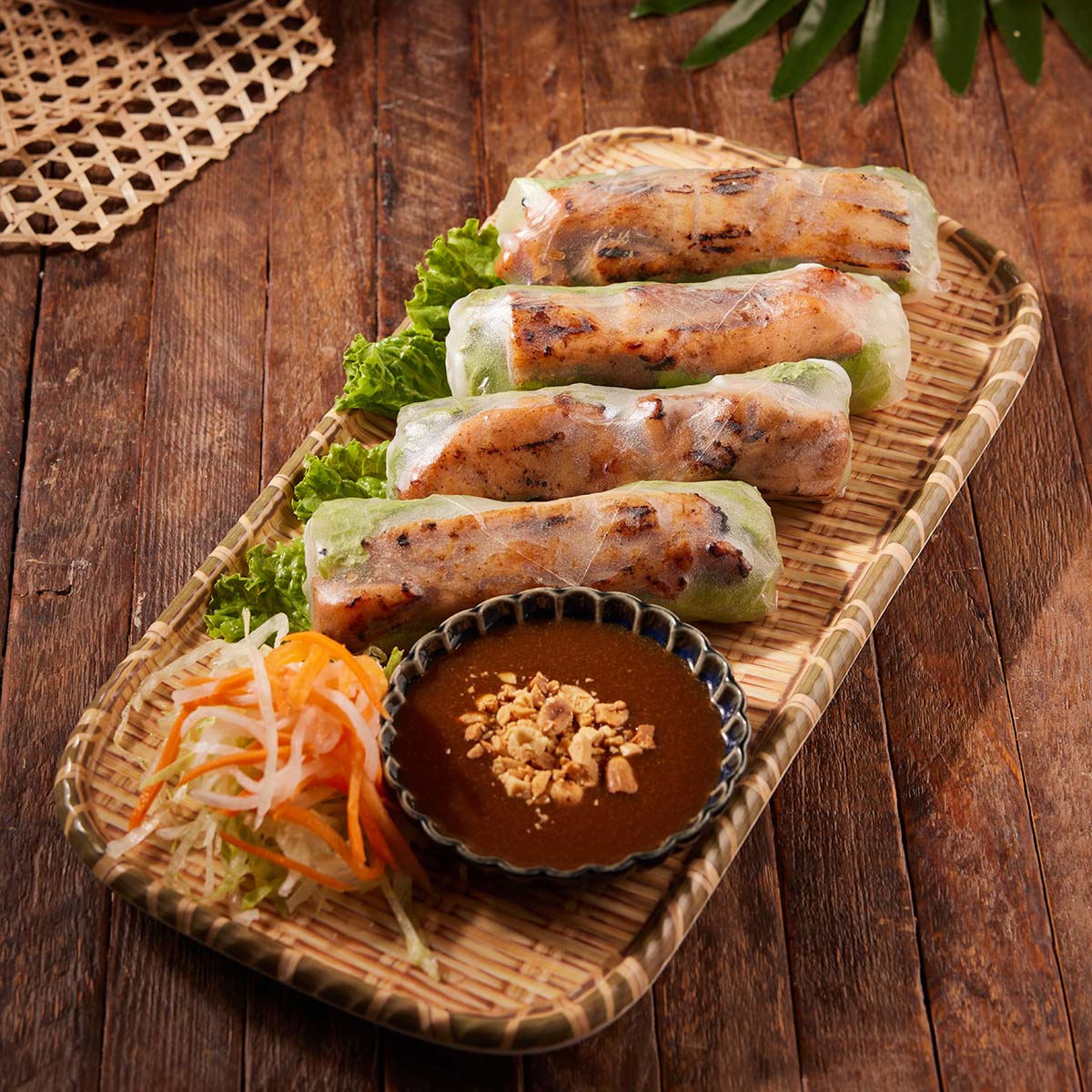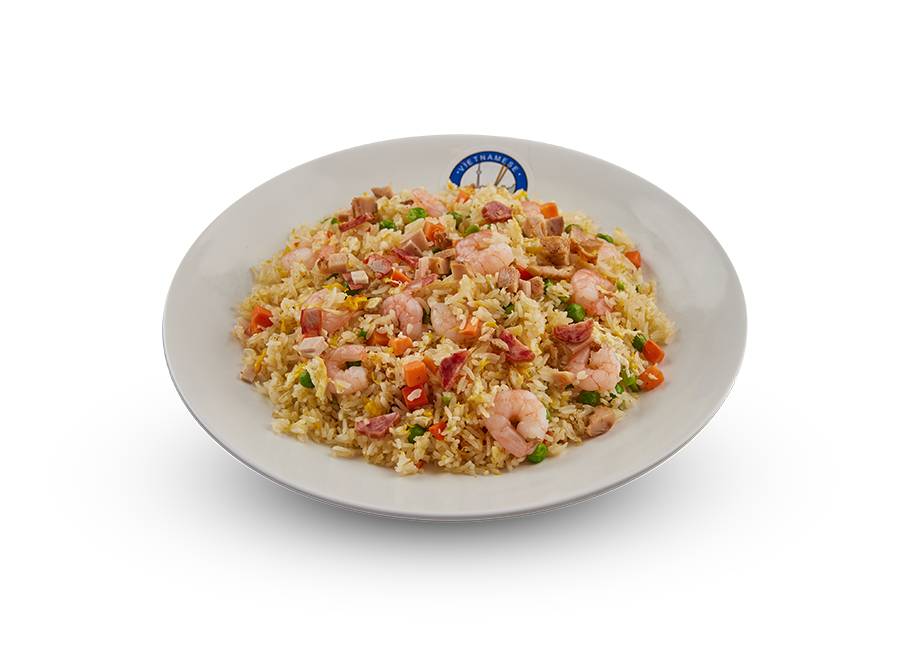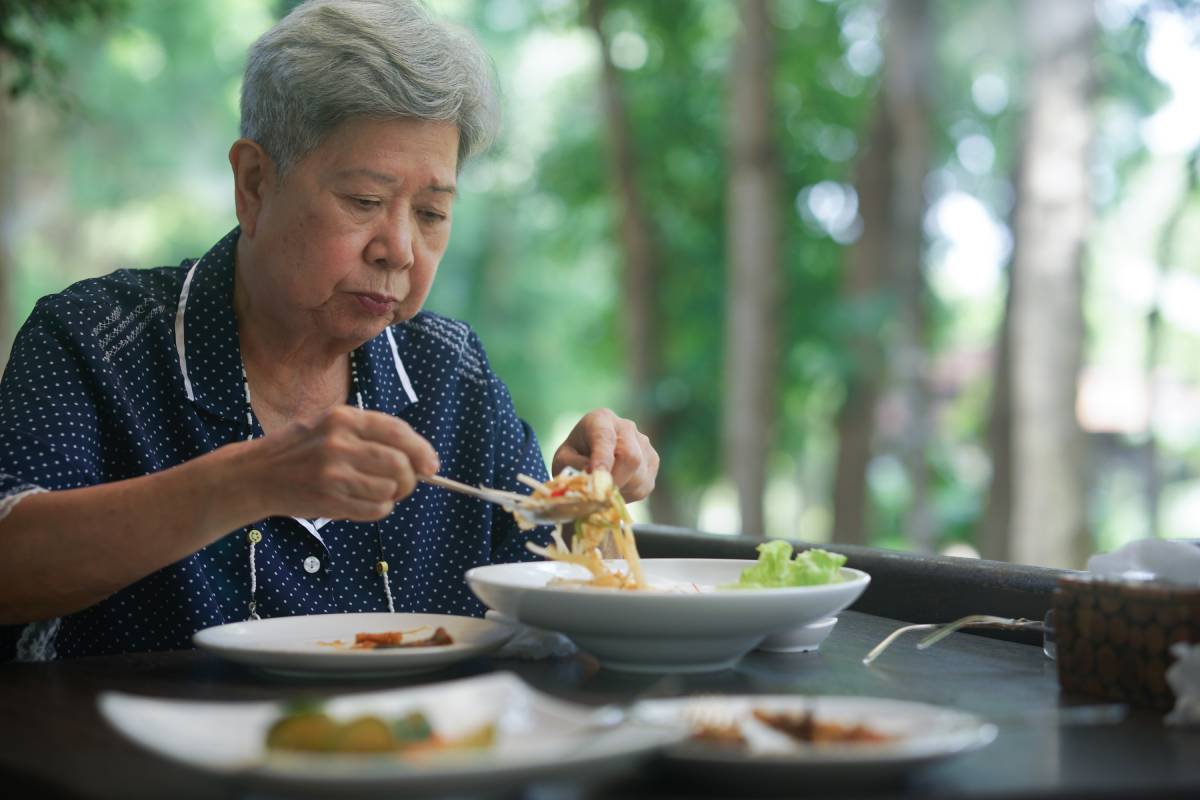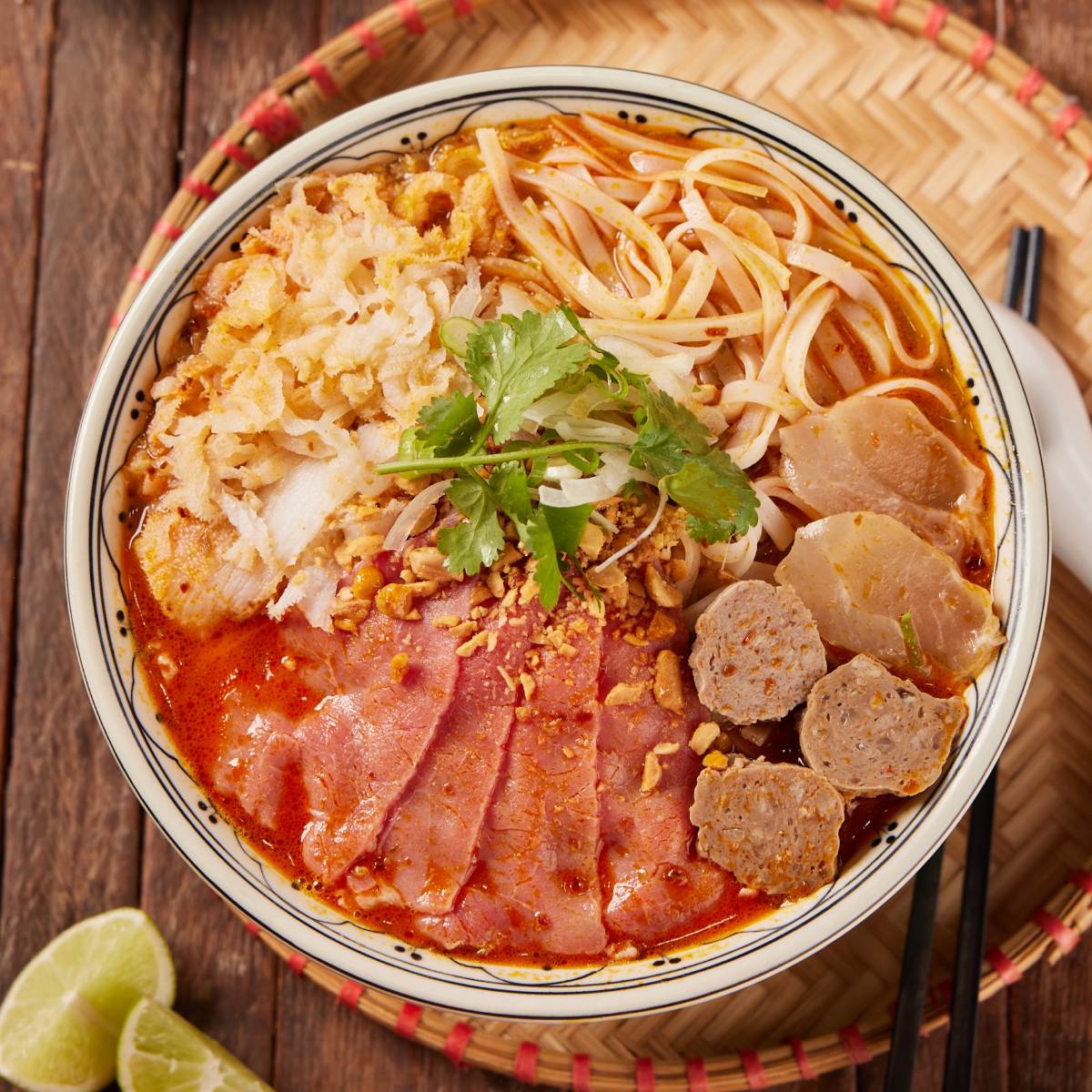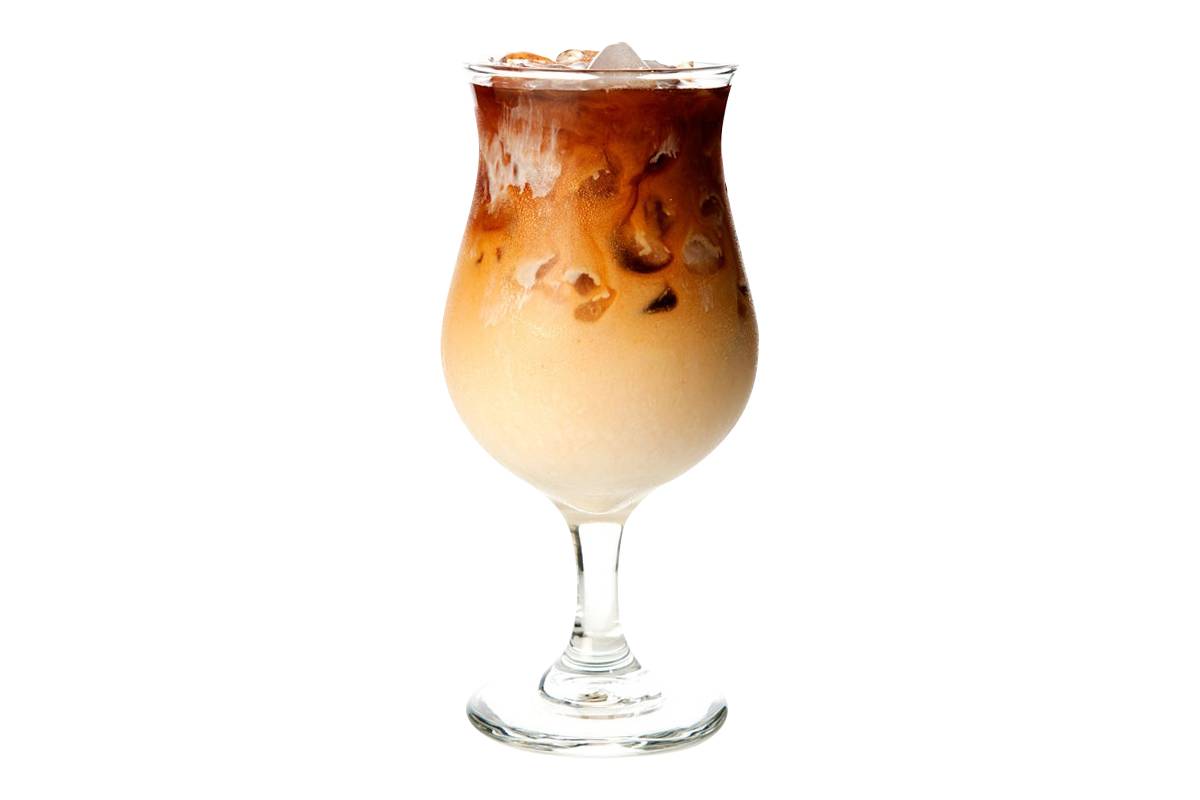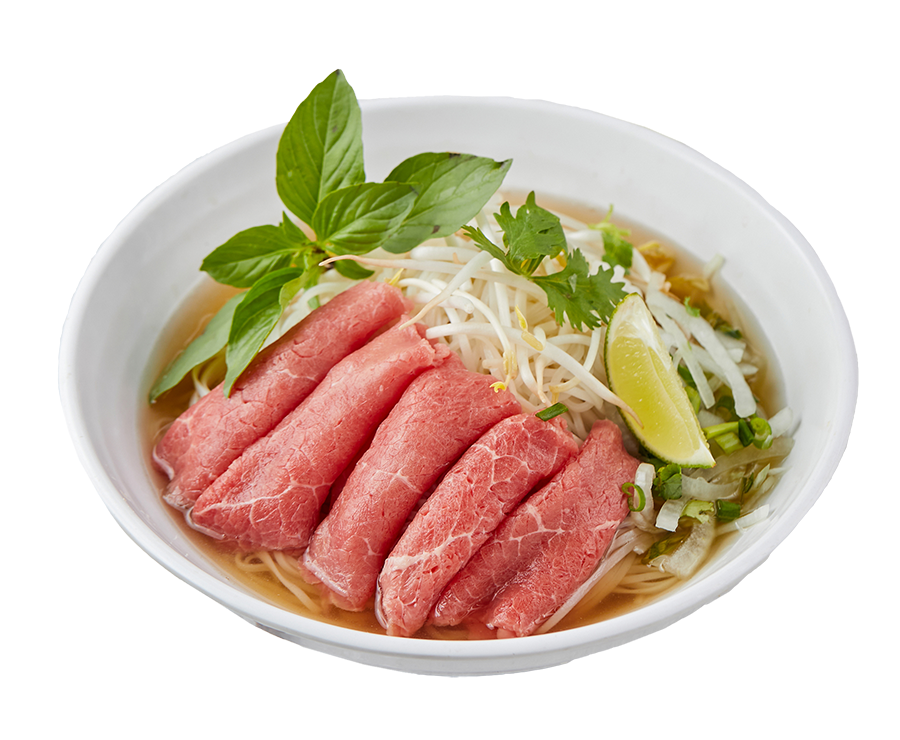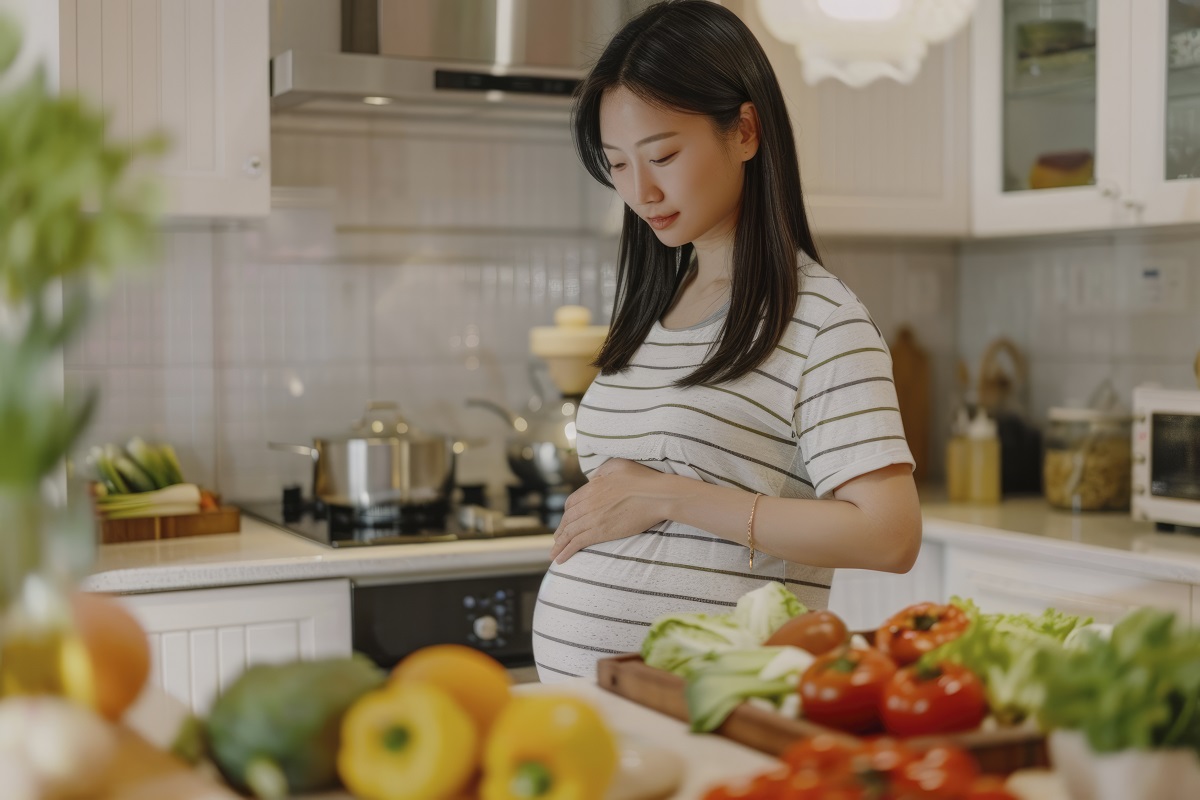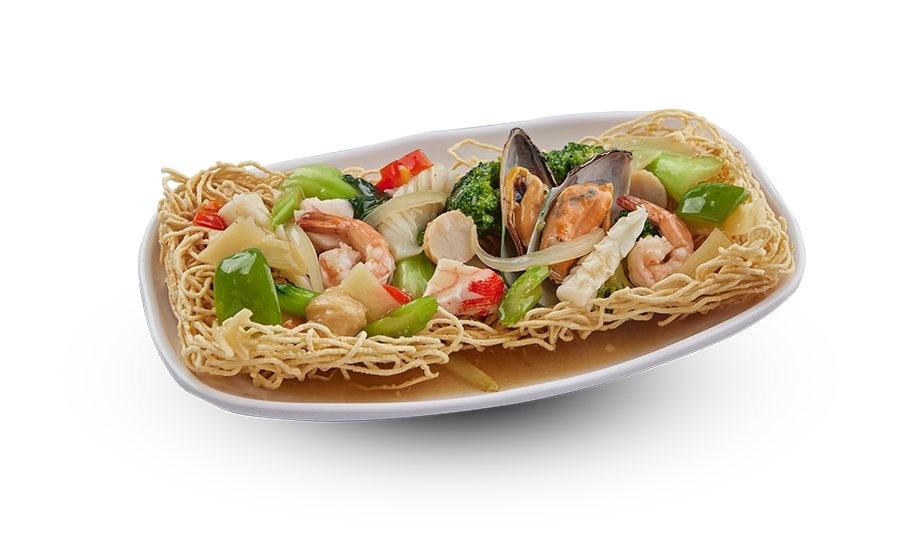In this guide, we’ll explore:
- What “dairy-free” really means
- How dairy is used (or not used) in Vietnamese food
- A list of popular Vietnamese dishes that are naturally dairy-free
- Ingredients to watch out for
- How to order safely at a Vietnamese restaurant
Let’s begin by understanding the basics.
What Does “Dairy-Free” Mean?
Dairy-free means a food or meal contains no milk or milk-based ingredients. This includes:
- Milk
- Cream
- Butter
- Cheese
- Yogurt
- Whey or casein (milk proteins)
- Ghee or clarified butter
Some people avoid all dairy completely, while others can tolerate certain forms like ghee or fermented cheese. If you're strictly dairy-free, you’ll need to check for hidden ingredients in sauces, marinades, or desserts.
Does Vietnamese Cuisine Use Dairy?
In general, traditional Vietnamese food is mostly dairy-free.
Vietnamese cooking relies more on fresh herbs, vegetables, rice, and proteins like pork, chicken, beef, tofu, and seafood. Coconut milk is more commonly used in Vietnamese cuisine than cow’s milk. This is especially true in the southern region of Vietnam.
Here are a few reasons why:
- Historical habits: Dairy farming has not been a big part of Vietnam’s food culture.
- Ingredients: Traditional recipes focus on rice, noodles, herbs, and broths.
- Asian culinary roots: Like many East and Southeast Asian cuisines, Vietnamese dishes don’t usually include cheese, cream, or butter.
So, if you’re looking for dairy-free options, Vietnamese food is one of the easiest cuisines to enjoy.
Naturally Dairy-Free Vietnamese Dishes
Here’s a breakdown of common Vietnamese dishes that are typically safe for a dairy-free diet. Still, always double-check with the cook or restaurant, as recipes can vary.
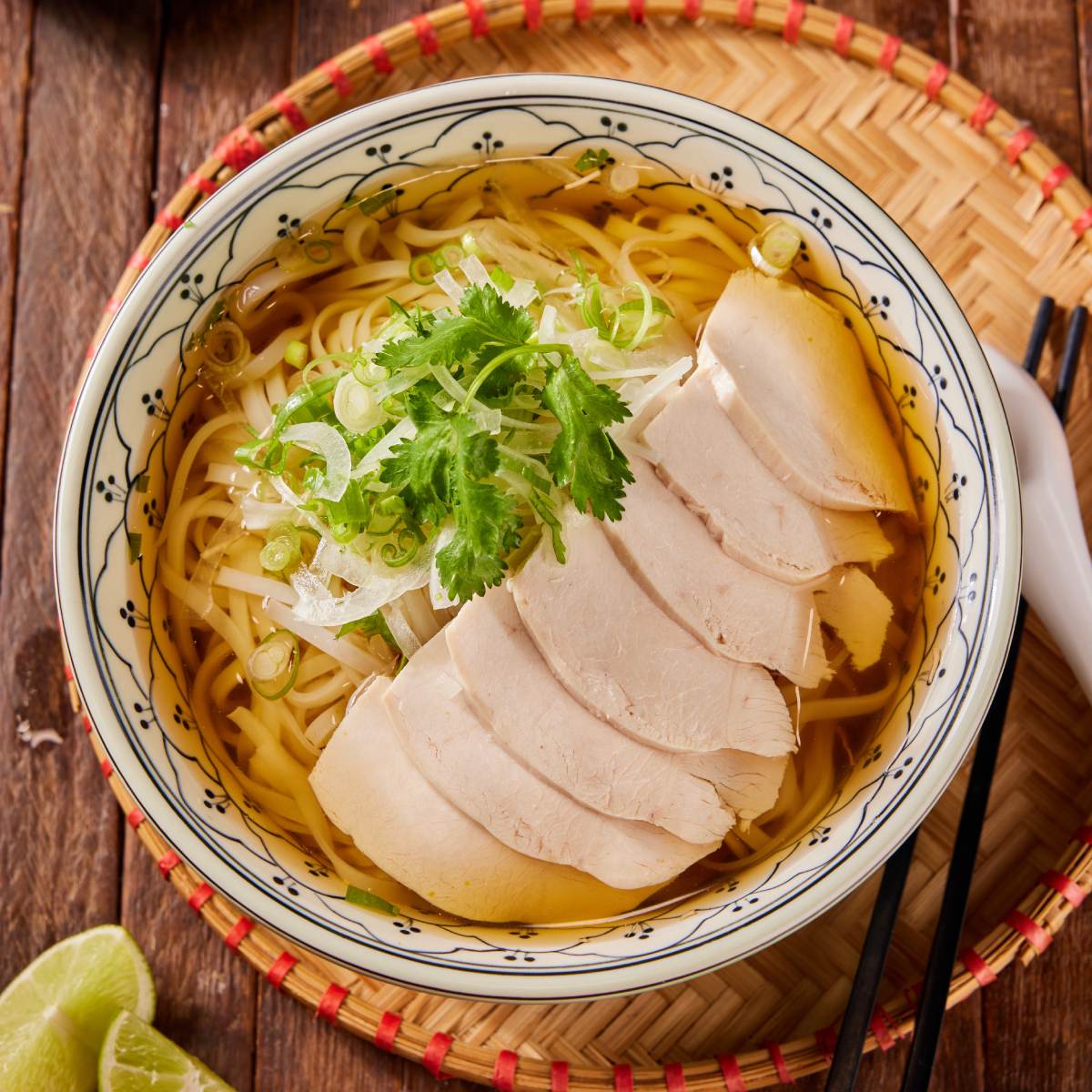
-
Phở (Vietnamese Noodle Soup)
Main Ingredients: Beef or chicken broth, rice noodles, herbs, onion, spices, meat or tofu.
Why it’s safe: The broth is made by simmering bones, onions, and spices—no dairy added.
Tips: Ask to skip sauces if you’re concerned about cross-contamination or hidden ingredients.
-
Gỏi cuốn (Fresh Spring Rolls)
Main Ingredients: Rice paper, shrimp or pork, rice noodles, lettuce, mint, basil.
Why it’s safe: Completely dairy-free and light.
Dip with care: Traditional peanut sauce may include hoisin (some brands contain dairy). Ask or bring your own dipping sauce to be safe.
-
Bánh mì (Vietnamese Sandwich)
Main Ingredients: Baguette, pickled vegetables, cilantro, protein.
Caution: The bread may contain butter, condensed milk, or eggs.
Tip: Ask if the bread is made without dairy or request fillings in a rice paper wrap instead.
-
Cơm Tấm (Broken Rice Plate)
Main Ingredients: Broken rice, grilled meat, fried egg (optional), pickled vegetables.
Why it’s safe: The grilled meats are marinated in fish sauce, sugar, and garlic—no dairy.
Note: Skip the egg or check how it’s cooked (some may be fried in butter).
-
Bún Thịt Nướng (Grilled Pork Noodle Bowl)
Main Ingredients: Rice vermicelli, grilled pork, lettuce, herbs, fish sauce dressing.
Why it’s safe: No cheese or dairy in this dish.
Dressing check: Make sure the sauce doesn't include anything creamy.
-
Bánh Xèo (Vietnamese Savory Crepe)
Main Ingredients: Rice flour, turmeric, coconut milk, shrimp, pork, bean sprouts.
Why it’s safe: The batter is dairy-free and made with coconut milk.
Check: Sometimes egg is used—ask if that’s a concern for you.
-
Cháo (Rice Porridge/Congee)
Main Ingredients: Rice, water or broth, chicken, pork, or seafood.
Why it’s safe: Cooked in broth or water, no dairy involved.
Toppings vary: Choose toppings like green onions or tofu.
-
Canh Chua (Sweet and Sour Soup)
Main Ingredients: Tamarind, pineapple, tomato, herbs, fish.
Why it’s safe: Clear broth-based, no creamy ingredients.
Pro tip: Ask for extra veggies or tofu instead of fish if you're vegetarian too.
-
Tàu Hủ (Tofu Desserts or Savory Tofu Dishes)
Main Ingredients: Tofu, soy sauce, ginger, sugar syrup, or savory toppings.
Why it’s safe: Tofu is a dairy-free protein.
Dessert caution: Some sweet versions may use condensed milk—ask for it without.
Dairy-Free Sauces and Condiments
Most Vietnamese sauces are safe, but here’s what to look for:
|
Sauce |
Dairy-Free? |
Notes |
|
Fish sauce |
✅ |
Made from fermented fish—no dairy. |
|
Soy sauce |
✅ |
Usually dairy-free, but check label. |
|
Hoisin sauce |
⚠️ |
Some brands contain dairy. Check ingredients. |
|
Peanut sauce |
⚠️ |
May contain hoisin or milk. Ask or make your own. |
|
Nuoc cham |
✅ |
Traditional dipping sauce (fish sauce, sugar, lime, garlic, chili). No dairy. |
|
Sriracha or chili paste |
✅ |
Spicy and safe. Most are dairy-free. |
Vietnamese Ingredients to Watch Out For
While most Vietnamese food is naturally dairy-free, there are a few things to keep an eye on:
-
Condensed Milk
Used in drinks like cà phê sữa đá (iced milk coffee).
Tip: Order cà phê đen đá (black iced coffee) instead.
-
Butter or Margarine
May be used in bánh mì bread or to fry eggs.
Ask first: Some places use oil instead.
-
Egg-Based Breads or Pastries
Some French-Vietnamese baked goods might have milk, butter, or cream.
-
Street Food Marinades or Sauces
Occasionally, pre-made sauces may include milk powder or butter flavoring. Ask vendors for clarification.
What to Say When Ordering at a Restaurant
Here are some helpful phrases and tips:
- “Does this dish contain milk or butter?”
(Great when ordering bánh mì or anything grilled) - “I have a dairy allergy. Can you make sure there’s no milk or cream?”
(Helps when dining at modern or fusion-style Vietnamese restaurants) - “Can I have this without the sauce?”
(Useful for rolls or grilled dishes) - “Is the bread made with milk or butter?”
(Ask before ordering bánh mì)
It’s always okay to politely ask questions. Many Vietnamese restaurants are familiar with food allergies and will help accommodate you.
Dairy-Free Vietnamese Drinks
Skip the milk-heavy drinks and go for these instead:
|
Drink |
Dairy-Free? |
Notes |
|
Cà phê đen đá |
✅ |
Strong black iced coffee. |
|
Trà đá (iced tea) |
✅ |
Light, refreshing. |
|
Sugarcane juice (nước mía) |
✅ |
Fresh and naturally sweet. |
|
Coconut water (nước dừa) |
✅ |
Straight from the coconut—hydrating and safe. |
|
Herbal drinks |
✅ |
Chrysanthemum tea, artichoke tea, or lotus tea. |
Avoid any drink with “sữa” (milk) in the name unless you ask for a dairy-free version.
Vietnamese Desserts: Caution Needed
Many Vietnamese desserts use coconut milk, which is dairy-free. But others might include condensed milk or cream.
Safer dessert options:
- Chè chuối: Banana with tapioca pearls and coconut milk
- Chè đậu đen: Black bean dessert with coconut milk
- Sticky rice with mango (xôi xoài): Ask to skip condensed milk
- Grilled bananas in coconut milk (chuối nướng)
Avoid or check:
- Vietnamese yogurt (sữa chua)
- Any dessert labeled “kem” (ice cream)
- Sweetened condensed milk topping on shaved ice or coffee
Tips for Cooking Vietnamese Food at Home (Dairy-Free Style)
Cooking at home gives you full control over ingredients. Here’s how:
- Use coconut oil or vegetable oil instead of butter.
- Stick to rice noodles and rice flour-based wrappers.
- Always use coconut milk (not evaporated or condensed milk) in curries and desserts.
- Make your own peanut sauce with peanut butter, garlic, lime juice, soy sauce, and water.
- Read labels carefully—some sauces or bouillon powders sneak in milk powder.
Final Thoughts
Vietnamese food is a great option for anyone eating dairy-free. Its fresh ingredients, flavorful herbs, and minimal use of dairy make it one of the most naturally allergy-friendly cuisines in the world.
To recap:
- Many Vietnamese dishes are naturally dairy-free
- Most sauces and broths don’t contain milk
- Coconut milk is the main creamy ingredient used—not cow’s milk
- Check the bread, desserts, and dipping sauces
- Ask questions when dining out and cook at home when possible
With a little awareness, you can enjoy the full experience of Vietnamese cuisine without worrying about dairy. From a hot bowl of phở to fresh rolls and rice plates, there’s something for everyone at the Vietnamese table—even if you’re dairy-free.


